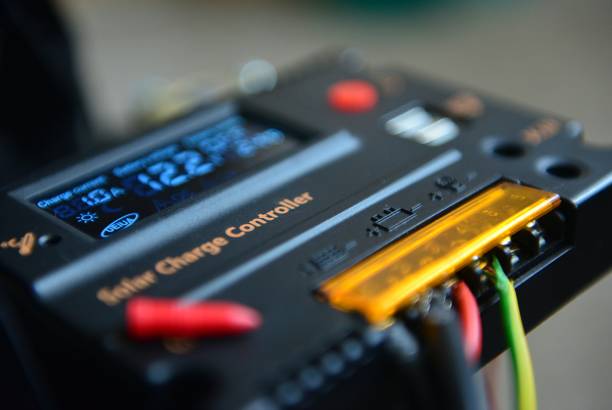An unbroken power supply (UPS) is one of the most important investments you can make in your home. UPS batteries provide power for short periods in the event of a power outage. This gives you time to back up your files, shut down your computer and protect your devices from damage. Surges caused by lightning can cause immediate damage, such as burning circuits or melting plastics and metals. These surges, or short-term voltage spikes, typically occur in homes. You can also Search For UPS inverter prices.
What are Lead Acid Batteries?
UPS batteries can power computer servers, lighting, electronic equipment, and various household appliances. UPS equipment batteries are also known as lead-acid batteries (VRLA) or sealed lead-acid batteries with valve control (SLA). Make sure your UPS batteries are in good condition to protect your equipment from power surges. Here are some tips and suggestions for extending the life of your UPS batteries.
Install your UPS in a cooling dry and Area location.
Your UPS should be stored in a location where the temperature does not exceed 25°C (77°F). Every 8°C (26°F) increase in temperature reduces the battery life by half. Leave at least 5 cm (2 inches) of space on each side of the unit to allow for normal air circulation. Do not place the UPS unit near an open window or in a humid environment.
Check the batteries of your UPS once or two times
Performing an in-service calibration will also extend the life of your UPS batteries. Once or twice a year is all it takes to keep your batteries in good condition, as over-calibration can significantly reduce the life of your batteries. UPS batteries are expensive, so try to avoid making this mistake.
Storing spare batteries correctly
It is a good idea to purchase spare batteries, but do not store them for long periods. Newly purchased batteries should not be stored for more than 12 months. Storing batteries for too long reduces their life. Within 18 to 30 months, there may be a permanent loss of performance. To extend the life of stored batteries, keep them at a temperature of 10°C (50°F) or lower.
Regular maintenance
Fully discharged batteries should be recharged within 48 hours to avoid damage. Keep a close eye on the battery’s state of discharge, as over-discharging and over-charging – such as weekly cycling – can lead to charging problems and shorten the life of the battery. The internal resistance of a battery increases over time due to corrosion and normal aging factors. Replace the battery when it reaches a 30% state of charge. Internal resistance can also be measured by a capacity test. A reduction in capacity to 80% of the original capacity is an indication that the battery is “cooked”.
Battery Important Part of UPS
The battery is the most important component of the UPS. It contributes to the smooth operation and longevity of the UPS. That’s why it’s so important that the battery is regularly serviced and maintained. Like any other household appliance, UPS and its batteries require regular maintenance for efficient operation and long life. They may not decorate your homes like a double-door steel refrigerator or a shiny black microwave oven, but they can help keep you comfortable during the toughest of times: power outages.
Tips For Maintain UPS Inverter & Its Battery
Battery location: Always install the UPS in a well-ventilated area. The UPS battery gets hot during charging and operation. A well-ventilated area will prevent heat build-up in the batteries and reduce the need for frequent water replenishment.
Dry Cell Batteries:
Dry cell batteries should be used regularly after installation. If there are no power outages, they should be completely discharged and then recharged once a month.
Check Water level:
The water level in the battery should be checked every two months. Make sure the water level is between the upper and lower limits. Always fill the battery with distilled water. Tap water or rainwater should not be used as they contain high levels of minerals and impurities that can affect the life and performance of the battery.
Clean you’re Battery:
The surfaces and sides of the battery should always be kept clean and free of dust. Use a cotton cloth to clean these surfaces.
Prevention of rust
- Prevents corrosion and rusting of the battery terminals. If the terminals are corroded, clean the corroded area with a solution of warm water and baking soda, or with a toothbrush. Once the clamps are free of rust, apply petroleum jelly or Vaseline to the clamps, nuts, and bolts to prevent future corrosion. Rust and corrosion are very bad for batteries. When terminals rust, the flow of current to and from the battery is reduced. This restriction of current slows the rate of charge of the battery and, therefore, shortens its life.
- Open the vents. Make sure the vents around the battery are open and free of dust. If the vents are blocked, hydrogen can build up and cause the battery to burst.
Safe Implantation:
For safety reasons, the UPS should be installed in a safe place in your home, out of the reach of children, or in an area with little traffic. At the same time, however, the area must be well ventilated.
Replacing the batteries: If the batteries are flat or damaged, replace them. Regular checks will ensure that you always know the condition of your UPS and batteries.

